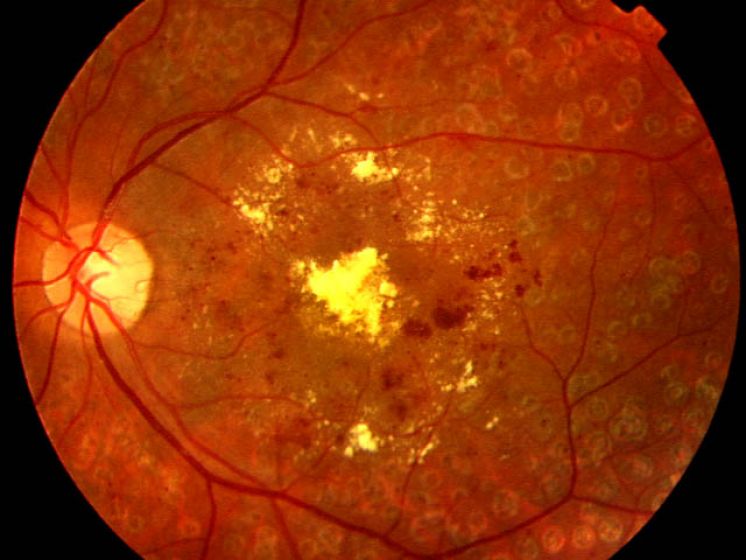This November has been the “World Diabetes Day”, it is more than a good reason to emphasize the population in general and diabetic patients in particular, how important it is to go to the ophthalmologist regularly, when the disease is diagnosed.
Diabetes or increased blood glucose, occurs chronically and produces an involvement of blood vessels, which over time causes changes in the retina known as “Diabetic Retinopathy. These changes begin with vascular micro-dilatations called “microaneurysms”, hemorrhages and exudation of plasma into the intraretinal space.
Depending on the affected retinal site, it can cause significant ischemia and abnormal and narrower caliber neovessels develop over time. These are responsible for bleeding in the posterior chamber of eyeball (hemovitreos), and tractional retinal detachments. It is common for both complications to end in vitreoretinal surgery.
Also, if the exudation of fluid affects the macula or central retina, producing what is known as “Macular Edema”, which causes decreased vision and requires repeated treatments of intravitreal injections with anti-angiogenic drugs (Anti-VEG).
This is why a good metabolic control carried out by the endocrinologist, the internist or family doctor, as well as an annual follow-up by the Ophthalmologist, since it is the only health professional capable of diagnosing and treating ocular pathologies.
Patients without diabetic retinopathy, the protocol says that an annual review is sufficient, but as soon as the retinal alteration begins, a control is necessary every six months; and in most cases if the process is advanced, a laser photocoagulation is performed to avoid future complications.
Patients under treatment for Macular edema should follow up monthly or bi-monthly to see evolution and their response to treatment.It is very important in all cases, to make the patient change the habits of life to prevent problems in the future.


Recent Comments